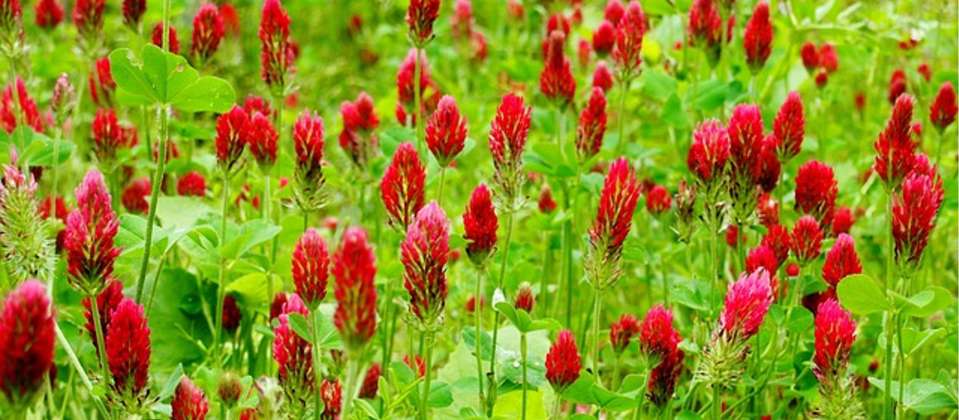As we harvest our precious crops, it’s a good time to appraise what worked and what didn’t, what you’ve really enjoyed eating and what was less popular – and what you’re coveting on your neighbours’ plots. What did you have too much of? What did you not have enough of? And so we can begin to plan for the next season, in a spirit of gratitude and with good intentions. Some plot holders put a lot of effort into the recent YACIO competition for ‘best plot’, which was judged on objective criteria; but what would your own ‘best’ be like, regardless of any competition or comparison? What do you want to enjoy cultivating and eating next year? It could be good to start keeping an allotment diary if you don’t already do that, with details of what grew where so you can rotate crops according to their grouping as well. Maybe you could illustrate it too, with sketches of crops and harvests, insects and birds…..
There might be more perennial crops you could try: there are some perennial kales, there’s asparagus (although it takes a lot of space and a lot of time to establish for a brief if delicious crop), Jerusalem and globe artichokes, Welsh onions, and of course many kinds of fruit bushes and trees. Or there might be different salad crops to try – and for winter it’s worth sowing lamb’s lettuce, purslane, chervil, endives, mizuma, land cress and rocket right now so you’ve got plenty of fresh greens to nourish you through the darker colder times. And how are your herbs looking? They’re such a beneficial addition to cooking as well as providing ready home medicine. You might collect some elder berries and make a tincture to take as a hot toddy against viral infection. You might think to grow some chamomile and lemon balm for their soothing qualities, some hyssop to attract late pollinators, or some tansy to support the endangered tansy beetle which have a home along our riverbanks, and is great as a flea deterrent when rubbed on your pets’ fur.
It’s also a good time to propagate and replant your strawberries; they will be sending out runners now – long stems with baby plants on the end, which will root readily if you take the time to plant them out and start a new bed for them. Autumn raspberries are much more reliable for fruit than the summer ones, so it’s worth finding the space for the canes as a late season treat, which can continue right through to the first frosts. There’s still time to sown green manures – soon it will be too late to get good germination. So as you clear beds of crops, don’t leave them bare with exposed soil. Choose a green manure like crimson clover or phacelia for its beautiful flowers as well as its benefits to the soil, or tares or mustard for a quick cover crop you can compost later in the year. And remember that if you miss getting them sown in time, your soil will still benefit from being covered with cardboard to keep weeds down and to keep the soil moist. Make sure you anchor it down so it doesn’t blow away in the equinoctial gales!


